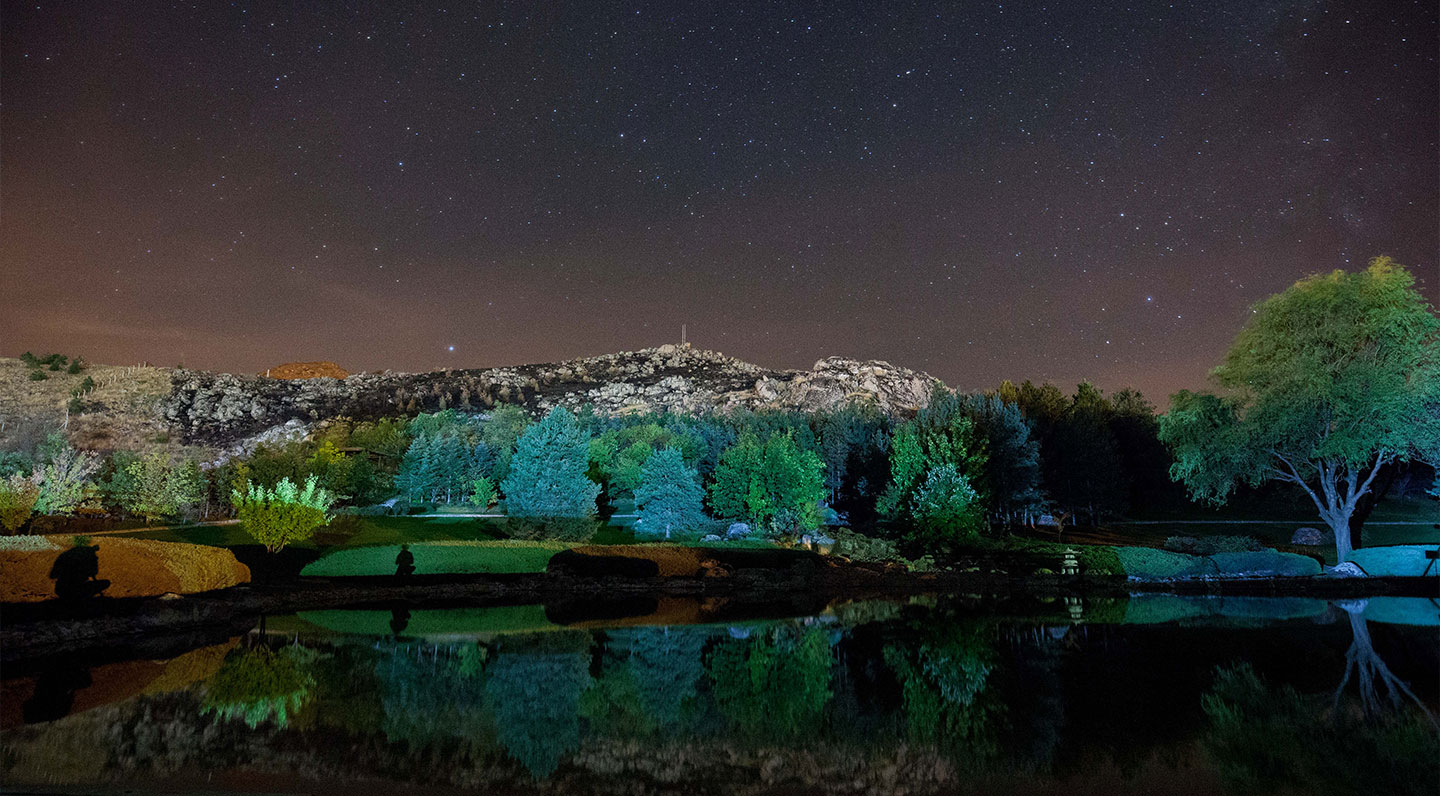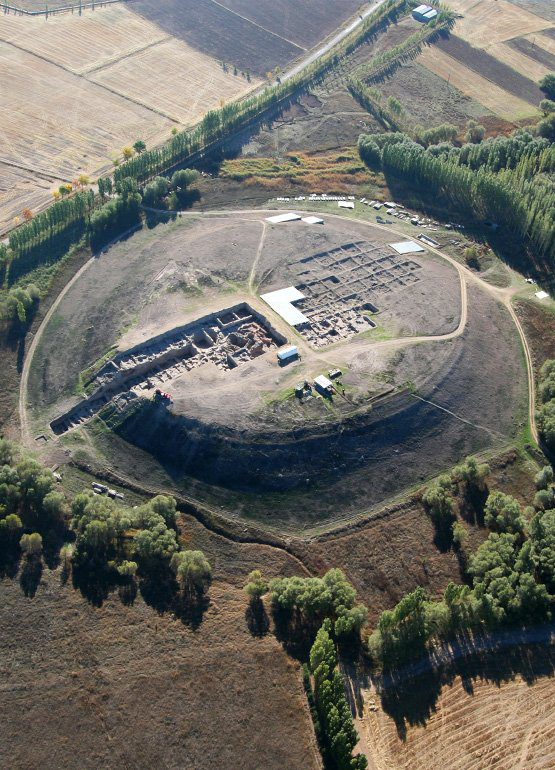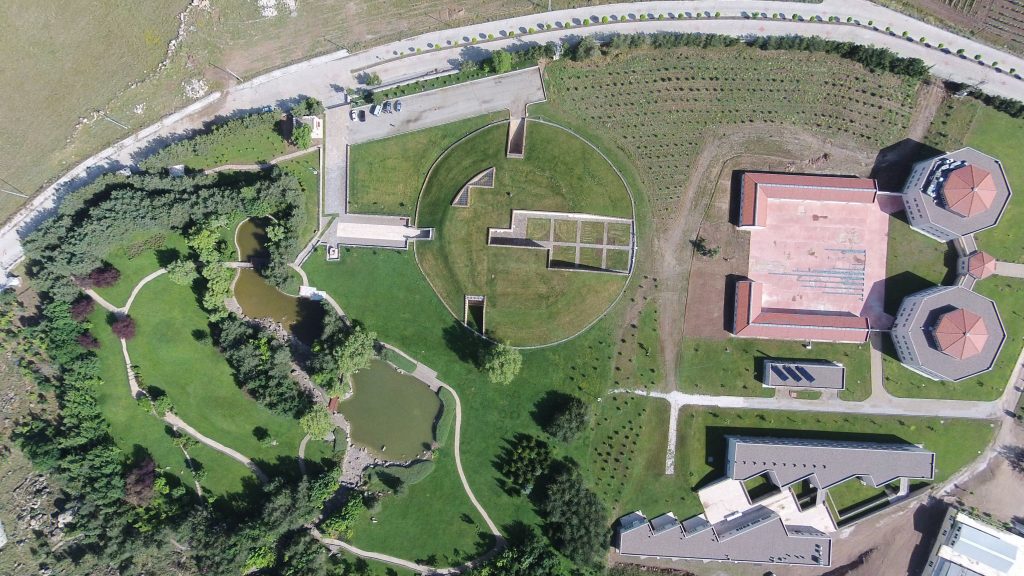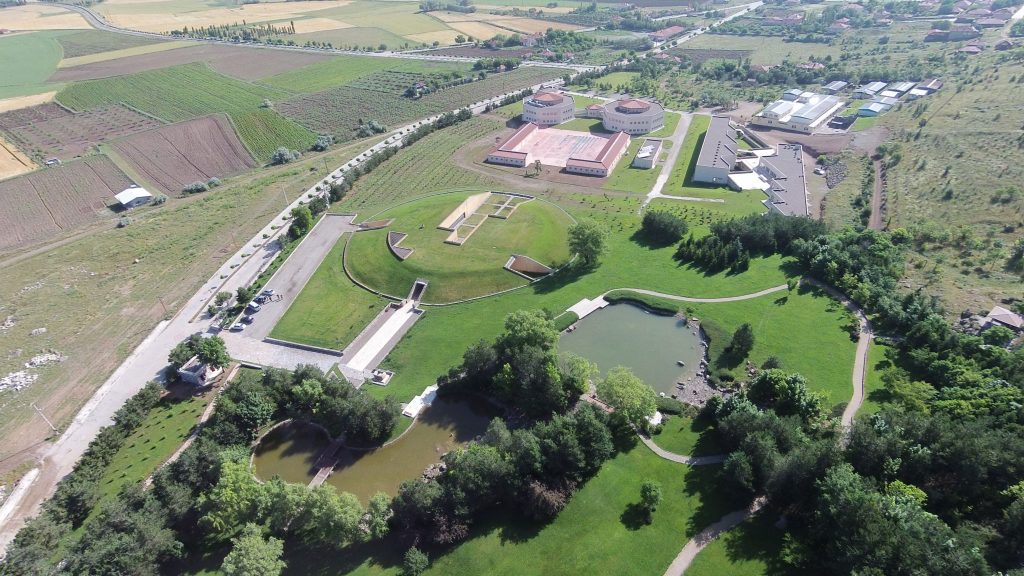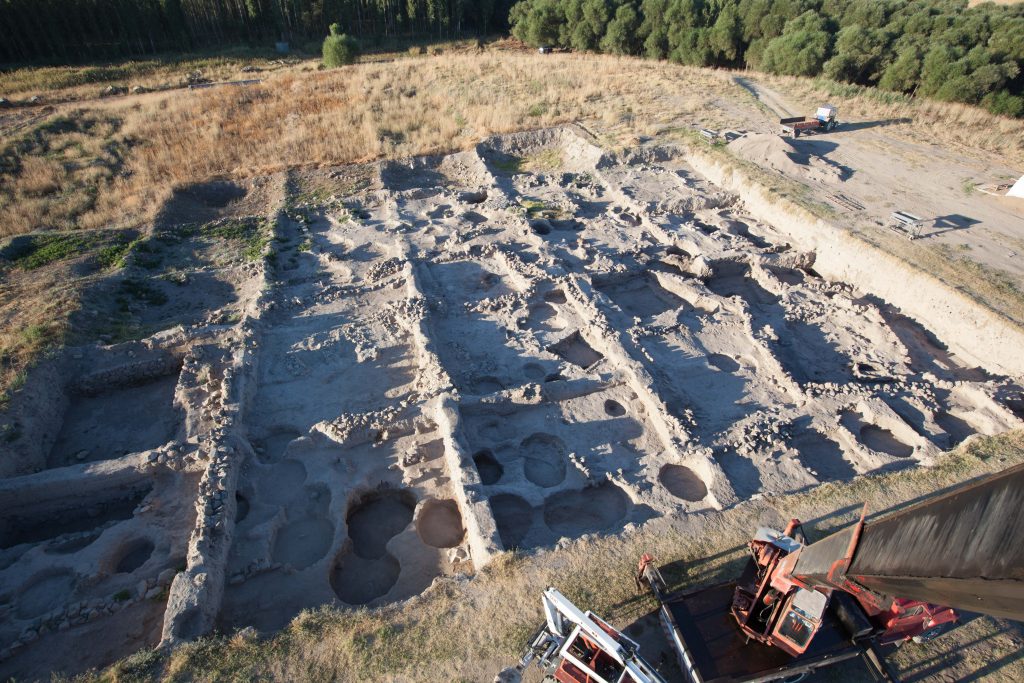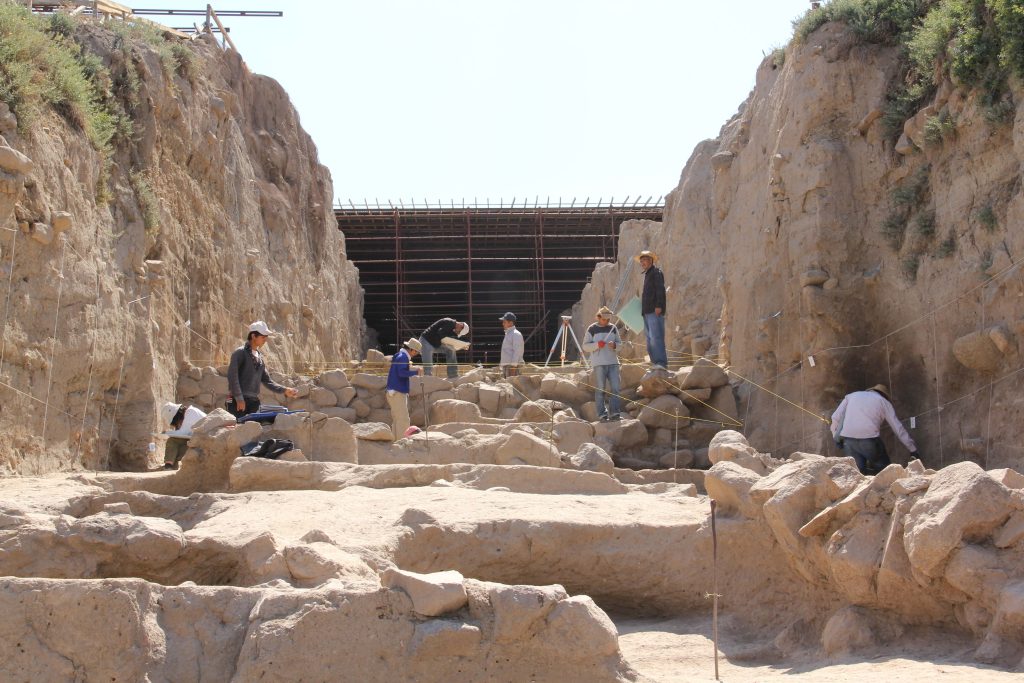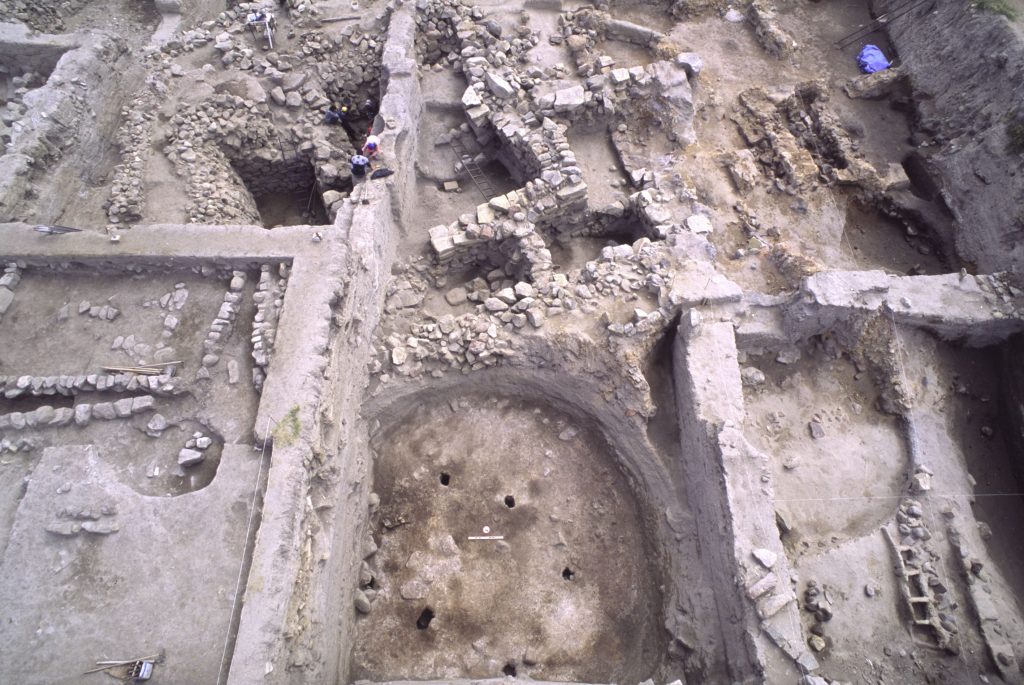
Excavations at Kalehöyük were started in 1985 by the Japan Middle East Cultural Center-Japanese Institute of Anatolian Archeology (JIAA), which was founded in Tokyo in 1978 by Altes Prince Takahito Mikasa. The excavations carried out in Kaman-Kalehöyük, a typical Anatolian mound with a diameter of 280 meters and a height of 16 meters, were carried out by Dr. who has been living in Turkey for more than 45 years. It is chaired by Sachihiro Omura. More than 2 thousand museum artifacts belonging to 4 different cultural layers dating back to 3000 BC, from the Ottomans to the Old Bronze Age, have been unearthed in Kalehöyük. Artifacts unearthed from the excavations are exhibited in the Kaman-Kalehöyük Archeology Museum, located in the Japanese Garden in Kalehöyük.
It is expected that layers from the Chalcolithic and Neolithic ages will be unearthed in the future excavations in the region on the historical Silk Road in the center of Anatolia.
It has been proven that the adobe building identified in Yassıhöyük, which was included in the excavations, is a part of a large structure and belongs to the Assyrian Trade Colonies Age. Excavations continue in layers belonging to the Old Bronze Age. In Büklükale, where four cultural layers were identified, from the Ottoman Empire to the Old Bronze Age, the world’s oldest glass bottle, dating back to 1600 BC, was unearthed, and studies are still continuing on the Hittite period.
Türkiye İş Bankası supports the Japanese Anatolian Archeology Institute, which continues its excavations in Kırşehir Kaman.
İşbank has entered into a new collaboration with the Institute, to which it previously contributed to the provision of a special X-ray device, in order to quickly and easily examine the archaeological finds unearthed during the excavations without being damaged, and also supported the renewal of the warehouse used to store the ceramic pieces unearthed during the excavations.

